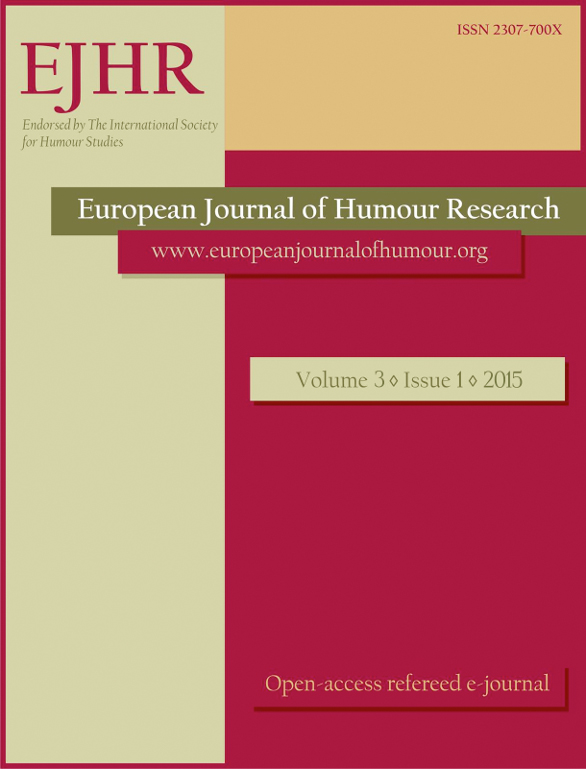Testing the relations of gelotophobia with humour
as a coping strategy, self-ascribed loneliness,
reflectivity, attractiveness, self-acceptance,
and life expectations
Testing the relations of gelotophobia with humour
as a coping strategy, self-ascribed loneliness,
reflectivity, attractiveness, self-acceptance,
and life expectations
Author(s): Martin Führ, Tracey Platt, Rene T. ProyerSubject(s): Social Sciences, Psychology, Individual Psychology, Social psychology and group interaction, Psychology of Self, Behaviorism
Published by: Krakowskie Towarzystwo Popularyzowania Wiedzy o Komunikacji Językowej Tertium
Keywords: adolescents; gelotophobia; coping humour; loneliness; self-acceptance;
Summary/Abstract: Gelotophobia (the fear of being laughed at) was studied in a sample of N = 1,322 Danish adolescents aged 11 to 16. When using a measure of coping humour in three different respects (using humour (1) to overcome uncertainty and stress, (2) in relation to aggression and sexuality, and (3) to get cheered up), it was indicated that the fear of being laughed at existed independently from the use of humour as a coping strategy. It is suggested that interventions targeting the positive use of laughter and humour may have a potential for increasing the well-being of adolescents with high levels of the fear of being laughed at. In single item ratings higher levels of gelotophobia were associated with greater self-ascribed loneliness, lower perceived attractiveness, lower self-acceptance, and rather negative life expectancies. Findings are discussed in the light of current literature and with respect to potential implications for the school life of adolescents.
Journal: The European Journal of Humour Research
- Issue Year: 3/2015
- Issue No: 1
- Page Range: 84-97
- Page Count: 14
- Language: English

